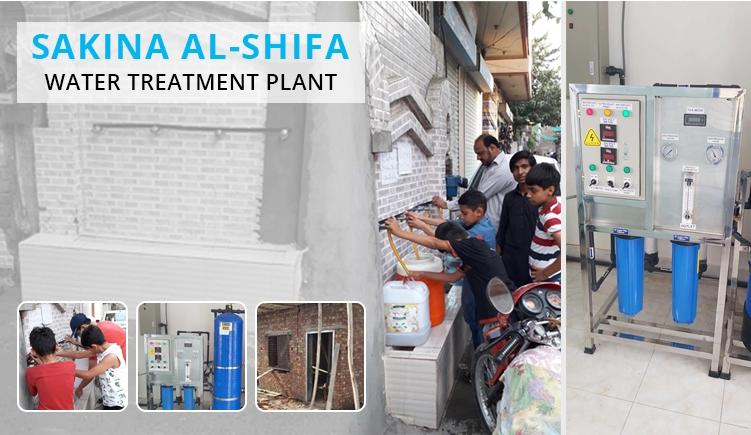Sakina Al-Shifa Water Treatment Plant
On a recent visit to the AA Labels offices in Lahore, Pakistan in February 2020 the directors were made aware of an issue regarding the supply of water to homes in the locality.
Not only was there not always water piped to properties, requiring people to walk considerable distances to collect water from stand-pipes, but the water was unclean and a direct cause of many of the patient ailments being seen by doctors and nurses at the clinic.
The decision was made to install a water treatment plant and make clean, drinking water freely available from the courtyard at the front of the clinic 24/7.
Work commenced in March 2020 with drilling down 152.4 meters (500 feet) through bedrock to the water table (Fig. 01 & 02). Which exceeded the specified requirement, but ensured that the untreated water being pumped up was already cleaner than that available elsewhere in the vicinity.
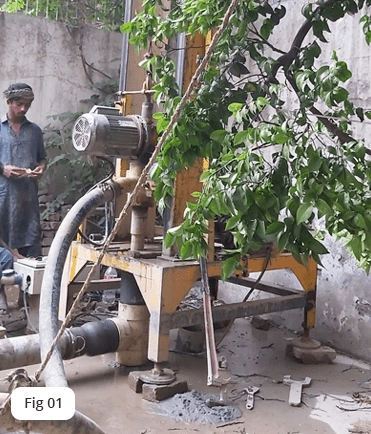
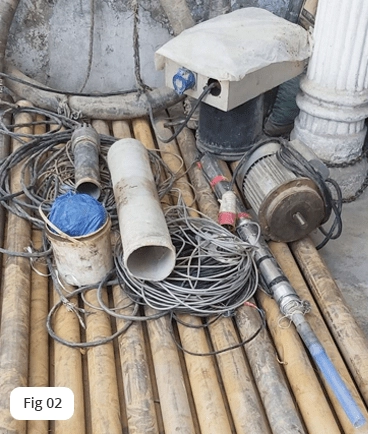
Once the drilling was completed the new pipe was installed (Fig. 03) and the result was a permanent supply of fresh artesian water (Fig 04).
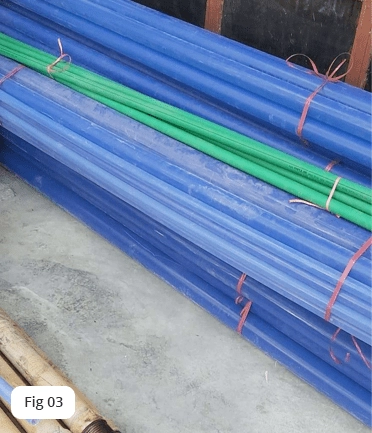
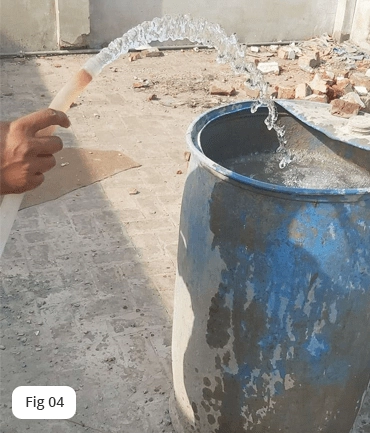
The next stage of the project was to construct the treatment plant building (Fig. 05) and install the filtration system (Fig. 06-08).
Finally, the pipework was installed to the front of the clinic building courtyard and adequate drainage constructed along with a water collection point with four outlet points (Fig. 09-11).
This project has ensured that the community local to the clinic now has access to cold, fresh drinkable water, free of water borne diseases and easing the patient load on the clinic, because families no longer have to drink non-potable water, or walk long distances to collect it from government installed stand-pipes. Which are only drilled to 91.5M (c.300ft) and do not consistently deliver clean, potable water, which very often contributes to the spread of communicable diseases through communities.
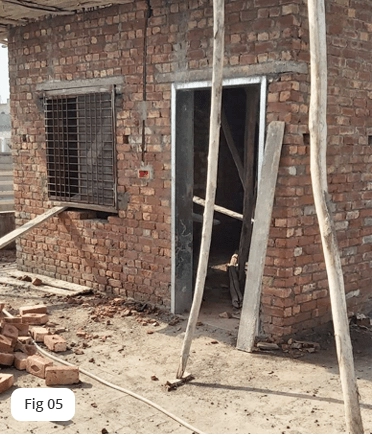
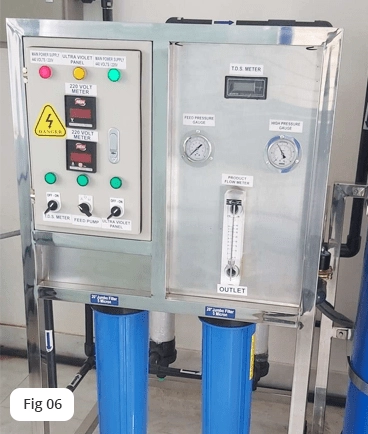
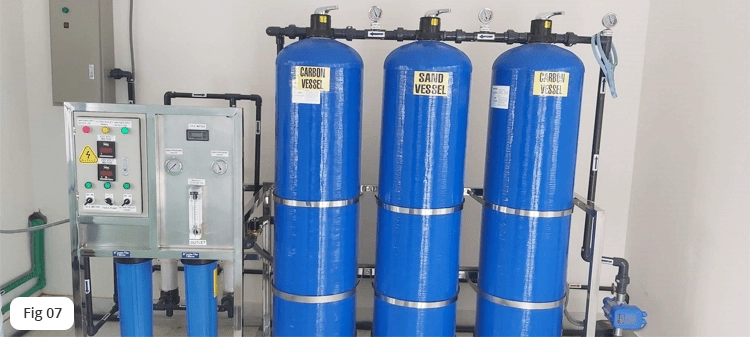
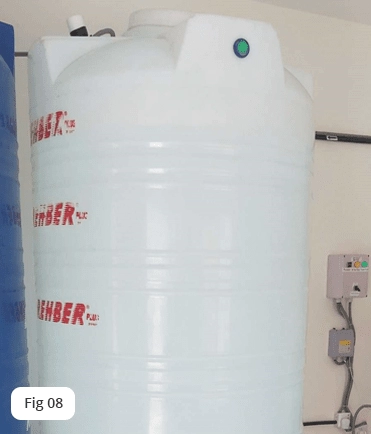
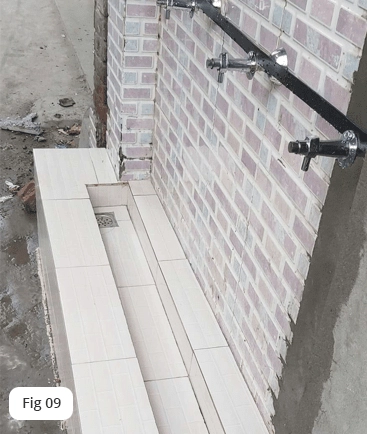
Once the pumped water has been filtered in the new system installed the clean, drinkable, cold water is stored in a 10,000-litre dispensing tank in the pump-house and dispensed through the 4 water collection points at the front of the property.
Already demand has exceeded expectation and currently 250,000 litres of water a week are being dispensed and collected by local residents and a second storage tank has been ordered to ensure an adequate supply of stored, filtered water (Fig’s 10 - 14).
The state-of-the-art filtration system requires the filters to be changed monthly and is currently sharing an electrical supply source with the AA Labels office generator during periods of non-availability from the national-grid, but it has been decided to order another generator so that the system has a stand-alone power source.
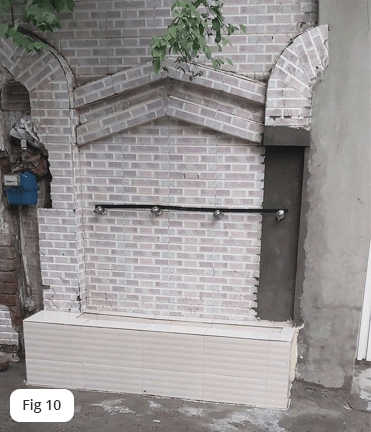
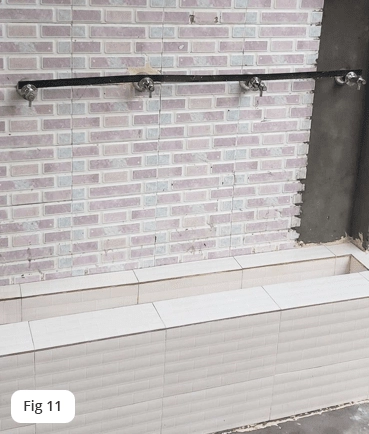
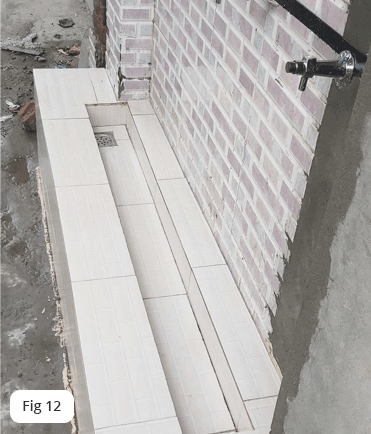
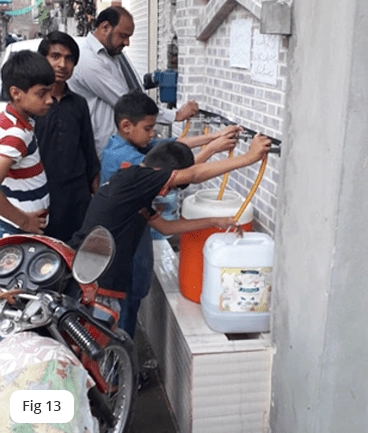
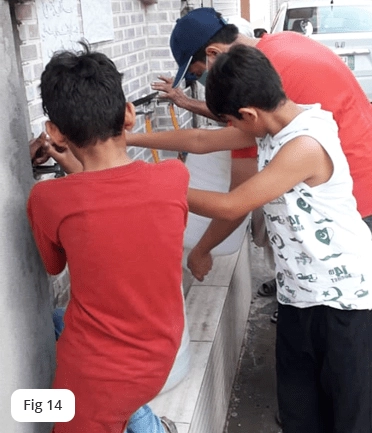
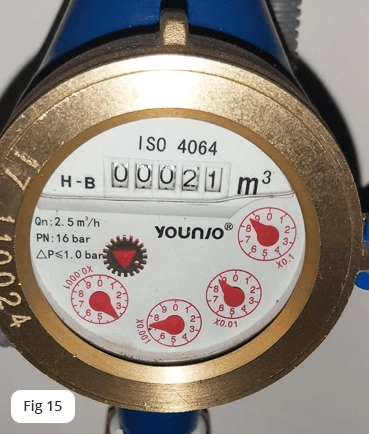
The meter reading in the treatment room recorded 21 M³ of water dispensed in the first few days of operation (Fig. 15), such was the level of demand for good quality drinking water. Also, the TDS and pH of the water is officially rated as excellent (Fig.16).
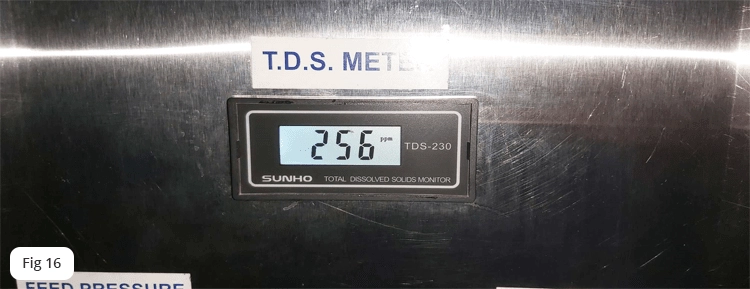
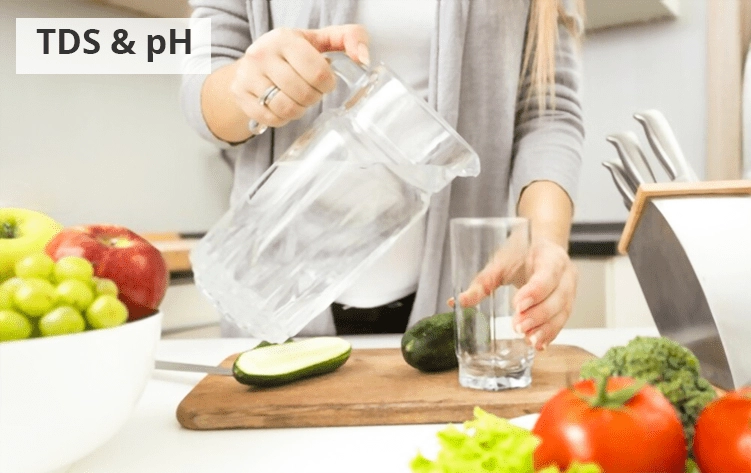
What is TDS?
TDS stands for total dissolved solids, and represents the total concentration of dissolved substances in water. TDS is made up of inorganic salts, as well as a small amount of organic matter. Common inorganic salts that can be found in water include calcium, magnesium, potassium and sodium, which are all cations, and carbonates, nitrates, bicarbonates, chlorides and sulphates, which are all anions. Cations are positively charged ions and anions are negatively charged ions.
How do These Solids End Up Dissolved in Water?
These minerals can originate from a number of sources, both natural and as a result of human activities. Mineral springs contain water with high levels of dissolved solids, because the water has flowed through a region where the rocks have a high salt content. The water in the Prairie provinces tends to have high levels of dissolved solids, because of high amounts of calcium and magnesium in the ground.
These minerals can also come from human activities. Agricultural and urban runoff can carry excess minerals into water sources, as can wastewater discharges, industrial wastewater and salt that is used to de-ice roads, although the latter is not an issue in Lahore.
What Happens to the Water When the TDS Level is High?
Alone, a high concentration of dissolved solids is usually not a health hazard. In fact, many people buy mineral water, which has naturally elevated levels of dissolved solids. The United States Environmental Protection Agency (EPA), which is responsible for drinking water regulations in the United States, includes TDS as a secondary standard, meaning that it is a voluntary guideline in the United States. While the United States set legal standards for many harmful substances, TDS, along with other contaminants that cause aesthetic, cosmetic and technical effects, has only a guideline.
Most people think of TDS as being an aesthetic factor. In a study by the World Health Organization, a panel of tasters came to the following conclusions about the preferable level of TDS in water:
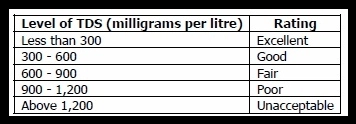
Taste of Water with Different TDS Concentrations;
http://www.who.int/water_sanitation_health/dwq/chemicals/tds.pdfWater treatment facilities can use reverse osmosis to remove the dissolved solids in the water that are responsible for elevated TDS levels. Reverse osmosis removes virtually all dissolved substances, including many harmful minerals, such as salt and lead. It also removes healthy minerals, such as calcium and magnesium, and ideally such water should be filtered through a magnesium and calcium mineral bed to add the minerals to the water. The mineral bed also increases the pH and decreases the corrosive potential of the water. For more information about reverse osmosis, see the SDWF (Safe Drinking Water Foundation) fact sheet Ultrafiltration, Nanofiltration and Reverse Osmosis.
What is PH?
The pH value of a water source is a measure of its acidity or alkalinity. The pH level is a measurement of the activity of the hydrogen atom, because the hydrogen activity is a good representation of the acidity or alkalinity of the water. The pH scale, as shown below, ranges from 0 to 14, with 7.0 being neutral. Water with a low pH is said to be acidic, and water with a high pH is basic, or alkaline. Pure water would have a pH of 7.0, but water sources and precipitation tends to be slightly acidic, due to contaminants that are in the water.
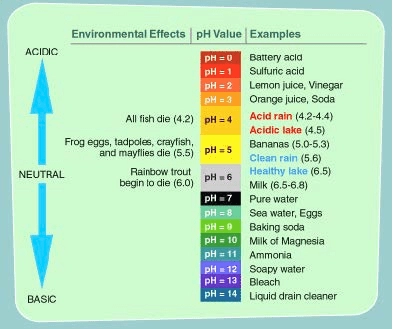
The pH scale is logarithmic, which means that each step on the pH scale represents a ten-fold change in acidity. For example, a water body with a pH of 5.0 is ten times more acidic than water with a pH of 6.0. And water with a pH of 4.0 is 100 times more acidic than water with a pH of 6.0.
How does the pH of a water source change?
Surface water typically has a pH value between 6.5 and 8.5 and groundwater tends to have a pH between 6.0 and 8.5. The pH of a water source can vary naturally. Some types of rock and soil, such as limestone, can neutralize acid more effectively than other types of rock and soil, such as granite. Or, when there are a large number of plants growing in a lake or river, they release carbon dioxide when they die and decompose. When the carbon dioxide mixes with the water, a weak carbonic acid is formed; this can then cause the pH of the water body to decrease.
A number of human activities have a harmful effect on the pH of nearby water sources. When sulphur dioxide and nitrogen oxides are emitted, through industrial operations and vehicles, acid rain can be produced. For more information about acid rain.
Chemical pollution, from industrial operations, individuals and communities, can cause a water body to become acidic. These chemicals can enter the water through illegal discharges or after inadequate wastewater treatment. For more information about chemical pollution, including ways in which you can minimize pollution.
How do water treatment facilities such as this, change the pH of water?
There are several methods that can increase the pH of water, before disinfection. The pH is commonly increased using sodium carbonate and sodium hydroxide, but a better way of dealing with low pH is to use calcium and magnesium carbonate, which not only will increase pH levels, but will also make the water less corrosive and both calcium and magnesium are of health benefits as opposed to sodium.
Why is it important to monitor TDS & pH?
It is important to monitor the TDS level and the pH of drinking water for several reasons. When a water source has a high level of TDS or a low pH, it is likely that there are other harmful contaminants in the water. Both TDS and pH are also easy to measure and if something is happening to a water, such as pollution, chances are both TDS and pH levels will change so keeping track of those changes can act as an early warning signal that something is happening to the water. For these reasons, it is important to monitor the TDS and pH levels, so that if they change, action can be taken immediately.
Both the TDS and pH levels of the water being dispensed from the clinic courtyard are well within the tolerance zones required for safe drinking water.
The entire water treatment plant project has been funded by Medicaid Action Ltd. (Reg. Charity No. 1131335) a charity established in the UK by AA Labels with the Sakina Al-Shifa Clinic as its principal beneficiary.
The project to-date has so far, cost c.£7.5 K with further funds already approved for the generator and second water-storage and dispensing tank to maintain supply in-line with demand for clean, fresh water.
The clinic is located on the ground floor of the AA Labels & AA WebSolutions offices in Lahore, Pakistan which employs c. >60 staff involved with accounting, data-management, design studio, MIS, Server Systems & Website Management for AA Labels in the UK.
The clinic occupies the ground floor of the building and is approximately 300 M2 in terms of useable space, which is divided up as follows:
- 2 Fully equipped GP consultation and examination rooms.
- 1 Fully equipped nurses’ consultation and examination room.
- 1 Pharmacy & Dispensary
- 1 Female Waiting Room & WC
- 1 Male Waiting Room & WC
- 1 Reception Area
The clinic is also registered as a business in Pakistan with The Registrar of Firms – Lahore District, Reg. No. 2861 2008/9 and with the Punjab Healthcare Commission, Reg. No. R-25973.
The community served by the clinic is impoverished and many people cannot afford private medical care and medication. Many homes are open compounds without shelter from the elements and sanitation is minimal and disease and infections are spread quickly, especially among children.
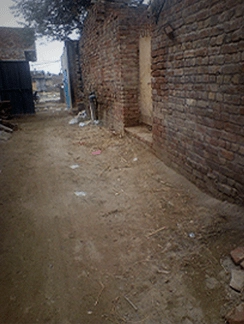
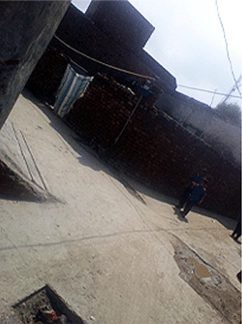
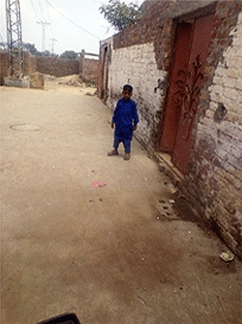
Statement from Imran Bashir – Practice Manager
I have been with this charity for 7 years and I have seen it grow from serving less than 300 patients a month to 10,000 patients a month.
I have seen the clinic develop and progress over the years from just one doctor in the beginning and our second doctor joining 4 years ago and a pharmacist joining for the dispensing of essential medication. The purchase of an ultra-sonic scanner and new management software developed for patient appointments and records, purchasing, stock control and employee payroll.
This latest project, the drilling, construction and provision of clean drinking water to the local communities is an incredible development and will benefit the health of residents enormously and reduce the treatment of minor ailments from water borne diseases.
Imran Bashir
26.06.2020



